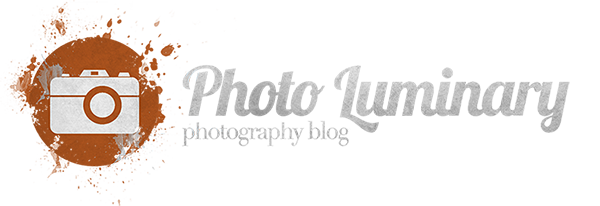Metadata Keywords for Photographers
Appropriate choice of keywords will become more important than ever for photographers who wish their images to be seen by the largest number of eyes. In this article we will examine the changing landscape of how images are searched for and found on the internet, and how we can improve the search rankings of our own images.
Keyword Stuffing
Many photographers include as many keywords as they can think of in their metadata. They use synonyms (ocean and sea for instance) and plurals (dolphin and dolphins), attempting to cover as many bases as possible. They even throw in conceptual terms in hope that they will contain every application an image searcher might have in mind.
This problem is even more pervasive among stock photographers, especially within the microstock industry. Fierce competition for placement in relevant searches has led many stock photographers to include as many keywords as they can think of. An entire cottage industry of businesses which will keyword for you has arisen, making the problem worse than ever.
It’s a Google World
Respected stock photographer Dan Heller recently suggested the majority of image searches on the internet are conducted through a search engine, rather than through a stock agency. In other words, searches locate photos within agencies more often than searches within agencies locate photos.
By far the most pervasive means of searching for images online is through Google, and the associated Google Images. So if you have been contributing stock photos to X-Agency, chances are you have been optimizing your keywords for the agency when you should have been optimizing them for Google.
Our stock photo agency receives more image sales from Google, and Google Images than it does from Direct visits. Indeed Google Analytics shows us that search engines are finding our stock images with increasing frequency.
Search Realities
Studies show people rarely search for images using conceptual terms. They may have a conceptual usage in mind, but they already know the type of photo they wish to purchase. For instance, I have a very successful stock photo of American Football. When I first started with stock photography, I was sure to use conceptual keywords such as “competitiveness”, “masculinity”, “Americana,” etc.
The image in question only required a handful of keywords, such as football, ncaa, and sports. Someone who is searching for a football stock photo to fit a masculinity theme is far more likely to search for football than masculinity. They already know the type of image they want to fit their concept.
Search Ranking
Since many of our sales will come from internet search engines, even if we are with a photo agency, we need to follow search engine optimization (SEO) techniques with our image metadata. Our image title name should be simple, and separated by dashes rather than underscores since Google struggles with underscores. For instance, “Black-Dog” instead of “Black_Dog.” Don’t get conceptual with image titles. Think about the search terms you expect people to use.
Remove words like “and”, “to”, “the”, etc. Including them waters down the effectiveness of the important keywords in your image title.
Don’t keyword stuff either. Keep to several concise, strong keywords. Just the facts. Keyword stuffing is frowned upon by Google, and will get your photos pushed down the rankings in a hurry. And since a lot of people keyword stuff, using proper keywords will put you ahead of the pack.
Forget about plurals and synonyms. Search engines are smart. They already account for plurals and synonyms. Including all the possibilities will likely be interpreted as keyword stuffing.
Conclusion
Whether you are selling photographs on your own, through an agency, or simply want your art to be seen, you need to keyword for internet search engines. Old practices such as keyword stuffing, and including abstract or conceptual meanings, will prove increasingly counterproductive. Think like an SEO and get your images to the top of the rankings.



4 Responses to Metadata Keywords for Photographers